Spring is a period of heightened biological activity. While the environment flourishes with blooming flora, and melodious bird songs, many people experience a dysregulation in their immune response—seasonal allergies.
These allergies arise due to an overactive immune response to airborne allergens, primarily pollen. When these allergens infiltrate the body’s first-line defences, they are recognized as foreign invaders. This triggers a cascade of immunological events, including the release of inflammatory mediators like histamines. Then results in the classic allergy symptoms: itchy eyes, runny nose, and persistent sneezing.

This article covers the underlying mechanisms of seasonal allergies and a comprehensive toolkit of treatment options. Keep reading to learn how to effectively manage your symptoms and reclaim your springtime.
The Science Behind Seasonal Allergies
Before we jump into solutions for spring allergies, let’s take a look at what’s causing them.
Pollen.
These tiny particles float through the air, and when you breathe them in, they bypass your initial defenses. Your immune system mistakes this pollen for threats and kicks off a cascade inside your body to get rid of them.
And that’s where things get a little uncomfortable. Special cells called mast cells release chemicals called histamines to fight off the perceived threat. Unfortunately, these signals trigger those allergy symptoms we all know and dread:
Sneezing and runny nose: Histamines tell your body to produce extra mucus to trap the fine dust and flush it out. This can lead to a constant sniffle or a full-blown sneezing.
Itchy, watery eyes: Similar to your nose, your eyes also produce extra tears to try and wash away the pollen, causing itchy and watery eyes.
Coughing: Sometimes, pollen irritates the airways in your lungs, triggering a cough to try and clear them out.
The severity of these symptoms depends on two main factors:
Pollen count: The more pollen floating around, the more likely you are to breathe some in and have a reaction. High pollen counts can lead to more intense allergy symptoms. Pollen counts typically rise in the mornings and peak at mid-day or afternoon.
Your sensitivity: Some people are just more sensitive to pollen than others. This can be due to genetics or other factors.
Now that we understand the science behind these allergies, let’s explore ways to find relief.
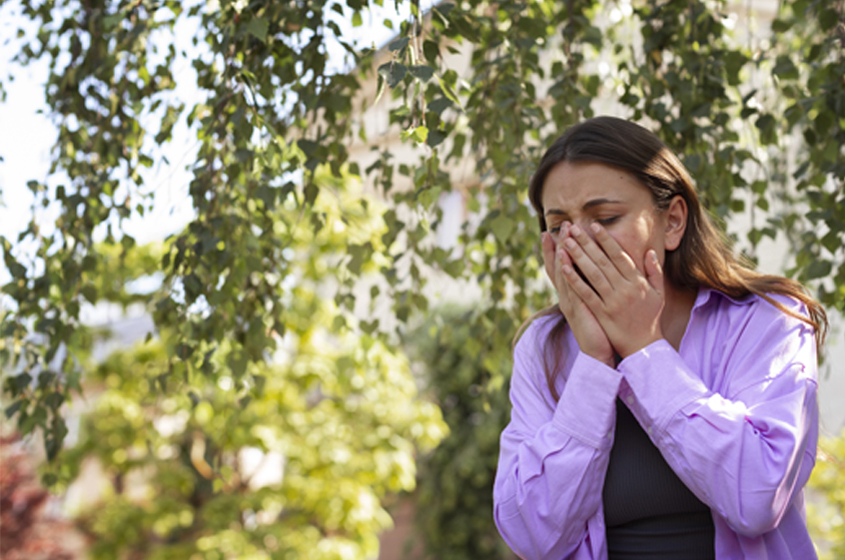
Identifying Your Triggers
The first step to managing your allergies effectively is knowing what specifically triggers your symptoms. Here’s a breakdown of some common pollen culprits:
•Trees: Birch, oak, elm, sycamore, hazel, cedar
•Grasses: Bermuda grass, ryegrass, fescue
•Weeds: Ragweed, pigweed, mugwort
To identify your particular allergy triggers, follow this simple guide:
Step 1: Track It
Symptom journal: Keep a daily record of your allergy symptoms for a few weeks. Note the date, time, and severity.
Environmental awareness: Were you outside near certain trees? Was it windy? Jot down any potential triggers you encounter.
Step 2: Research Local Pollen
Location matters: Find out the main pollen types in your area. Check online resources or local allergy/botanical organizations.
Seasonal shifts: Pollen types and their peak release change throughout spring, summer, and fall. Learn your region’s seasonal allergy calendar and note the one for spring.
Step 3: Connect the Dots
Pollen forecasts: Use weather apps or online resources that show daily pollen counts for different types.
Compare and analyze: Look for pattern. Do your symptoms worsen on days with high counts of a specific pollen type?
Allergy Testing
Confirm your suspects: While not always needed, allergy testing by a doctor can pinpoint your specific pollen allergies. This is helpful if you have multiple triggers.
Treatment options: Testing can also guide treatment, like allergy shots or medication specific to your sensitivities.
How To Relieve Your Allergies
Now, let’s explore various strategies to combat those pesky allergies and breathe easy this spring:
Minimize Outdoor Exposure During Peak Pollen Seasons
This might sound counterintuitive at such a beautiful season, but limiting time outdoors when the pollen count is high, you can significantly reduce symptoms. Consider staying indoors during peak pollen hours, the pollen counts usually start to rise in the early morning and peak at 12pm-2pm.
Pay Attention To Indoor Air Quality
While you can’t completely avoid the outdoors, create an environment of allergy relief within your home. Here’s how:
Invest in a high-efficiency air filters: an air scrubber trap pollen and other allergens from circulating in your living space. Choose one with a Clean Air Delivery Rate (CADR) suitable for your room size. Alorair Pureairo HEPA Pro 970 or the Cleanshield HEPA 550 are good options.
Clean or change air filters regularly: Replace air filters in your air conditioning system, air purifier, furnace, and vacuum cleaner according to manufacturer’s recommendations. This ensures optimal performance in trapping allergens.
Keep windows closed on days with heavy pollen: While allowing fresh air in through the windows is tempting, especially during spring cleaning. It’s best to close your windows during high plant pollen days to significantly reduce indoor allergen levels.
Use medication: Over-the-counter (OTC) medications like antihistamines can effectively block the effects of histamine, alleviating allergy symptoms like sneezing, runny nose, and itchy eyes. Consult your doctor to determine the best OTC medication for your specific needs.

Prescription options: If OTC medications aren’t sufficient, your doctor might recommend prescription allergy medications, including nasal corticosteroids or allergy shots (immunotherapy).
Embrace Natural Solutions
While not a substitute for medical treatment, certain natural remedies might offer some relief:
Nasal saline irrigation: Regularly flushing your nasal passages with a saline solution can help remove pollen and other allergens, easing congestion and irritation.
Local honey consumption: Consuming local honey may help build tolerance to local pollen allergens. However, consult your doctor before trying this remedy, especially if you have any concerns or allergies to bee products.
Quercetin supplementation: This naturally occurring compound found in fruits and vegetables might offer some anti-inflammatory benefits and reduce allergy symptoms. However, more research is needed to confirm its effectiveness.
Dress strategically: Change your clothes after spending time outdoors, especially if you’ve been in areas with high pollen counts. This prevents pollen from being tracked inside and lingering on your clothes.
Shower before bed: Rinse away pollen spores from your hair and skin before crawling into bed to prevent nighttime allergy symptoms.
Pollen-Proofing Your Home
Here are some additional tips to create a pollen-free environment:
Use doormats: Place doormats inside and outside your entrances to trap pollen on shoes before they enter your home.
Wash bedding regularly: Wash bedding weekly in hot water (at least 130°F or 54°C) to remove pollen and dust mites that can trigger allergies.
Consider a dehumidifier: While pollen thrives in dry conditions, excessively humid environments can promote mold growth, another potential allergy trigger. Aim for a moderate indoor humidity level between 30% and 50%.







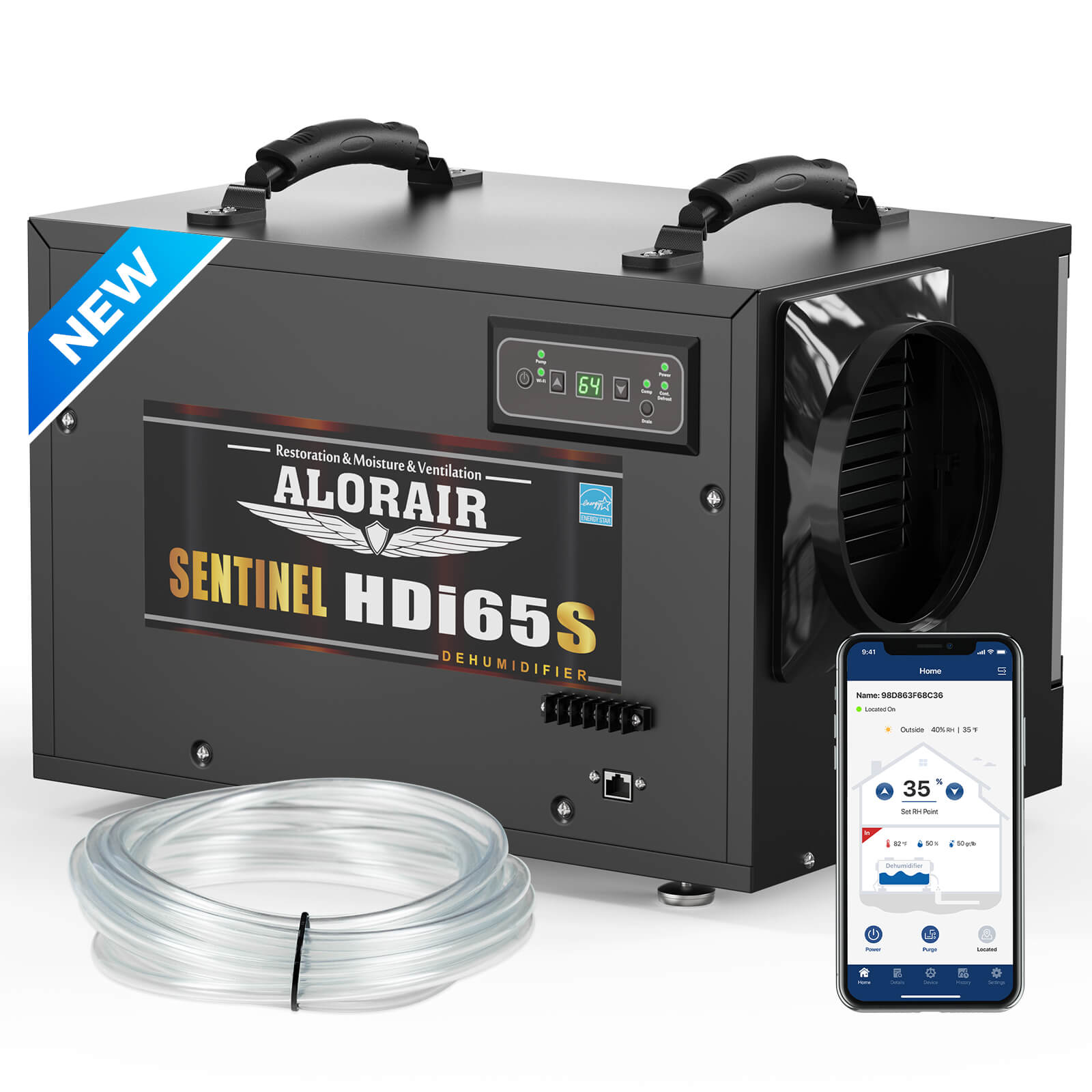
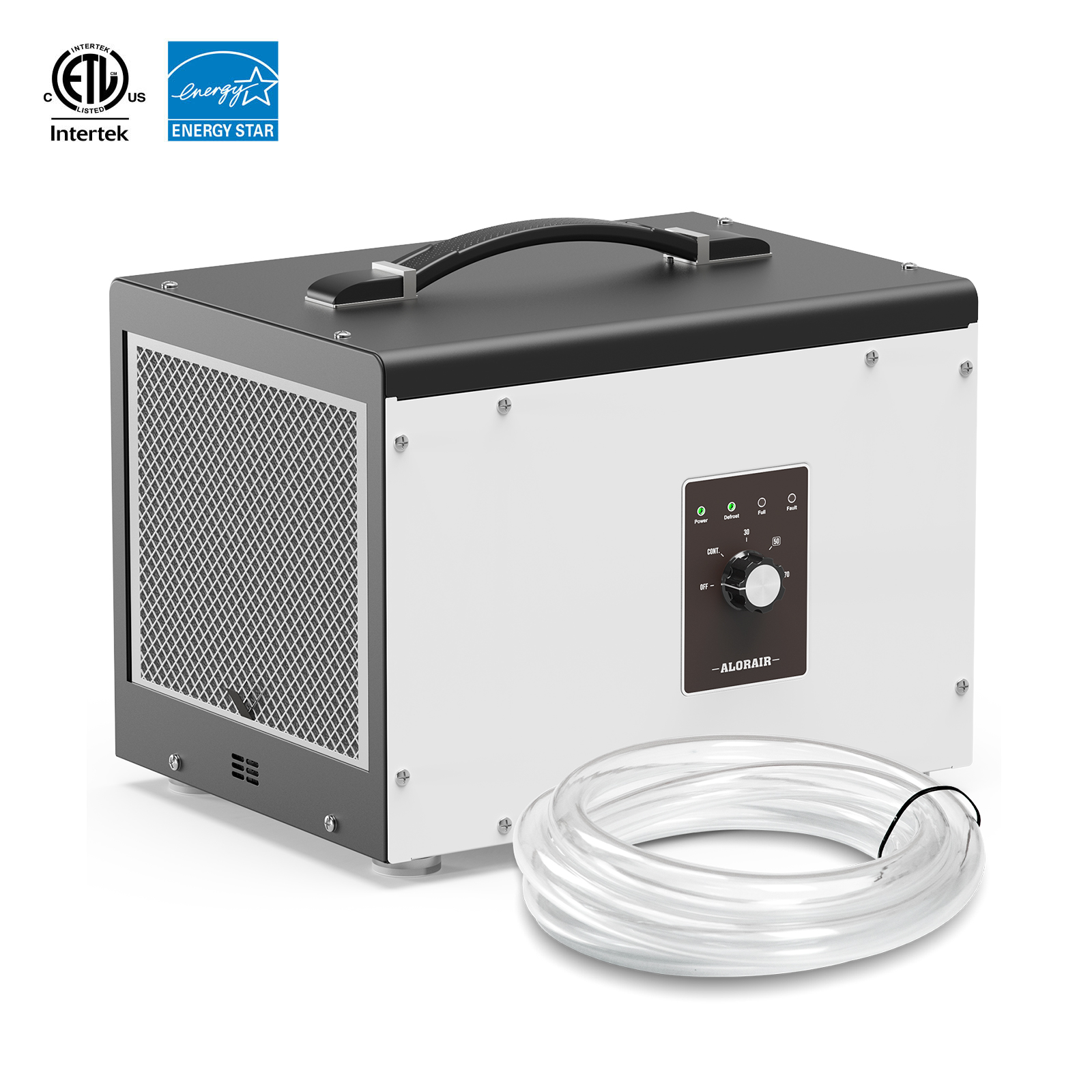
.jpg)
.jpg)

.jpg)

.HDi90.png)
.HD90.png)



.jpg)
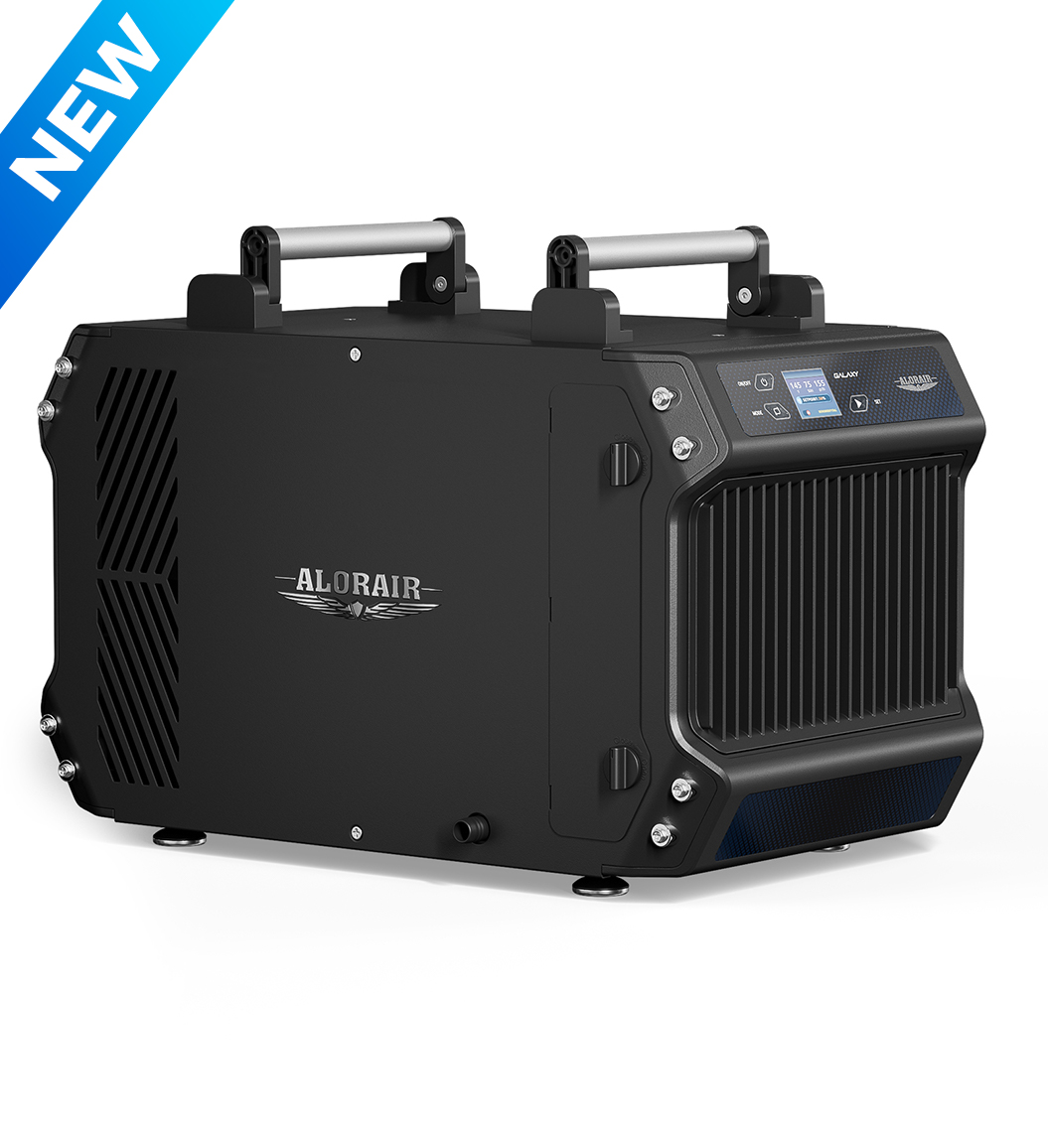
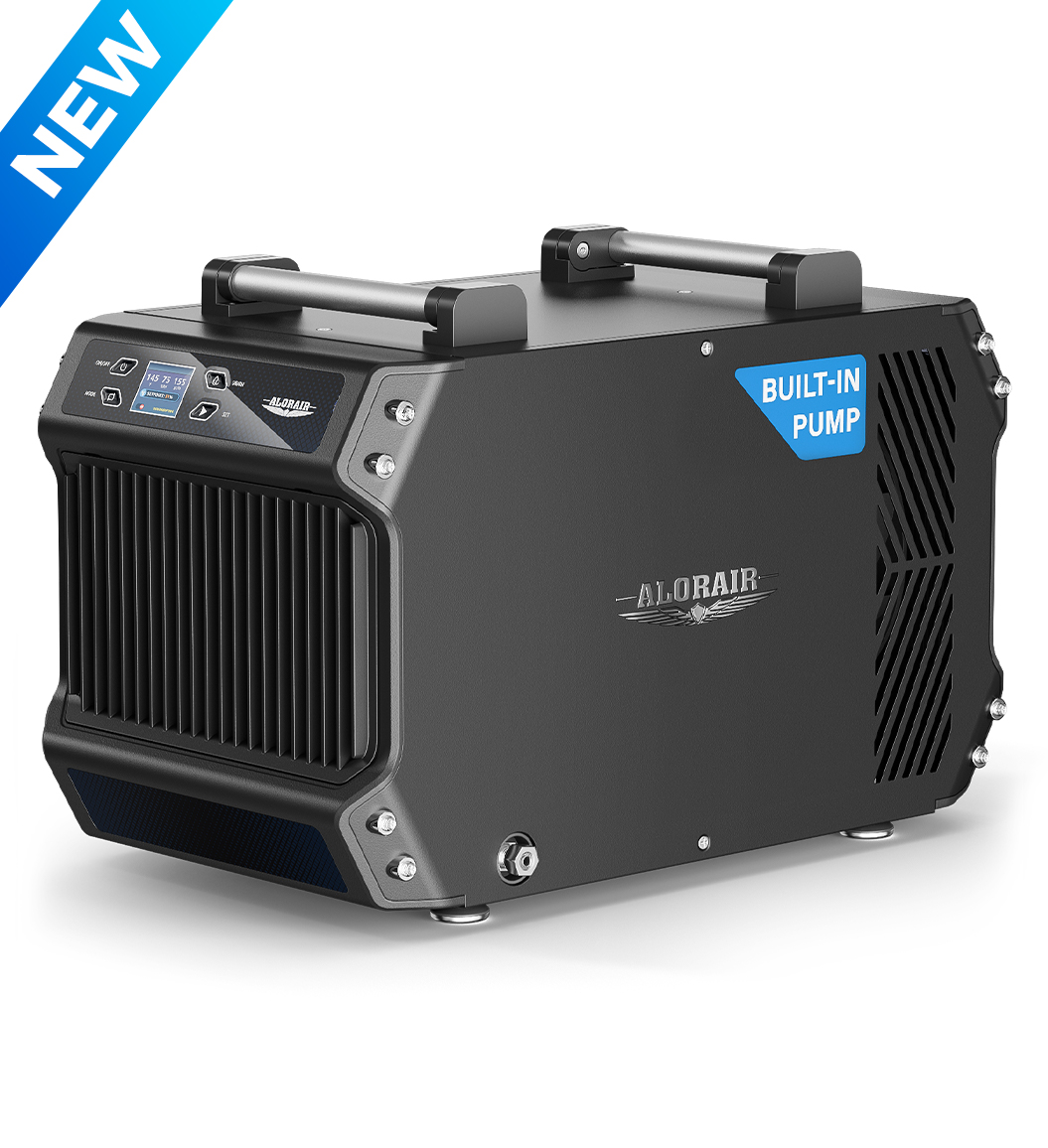




.jpg)
.jpg)
.jpg)
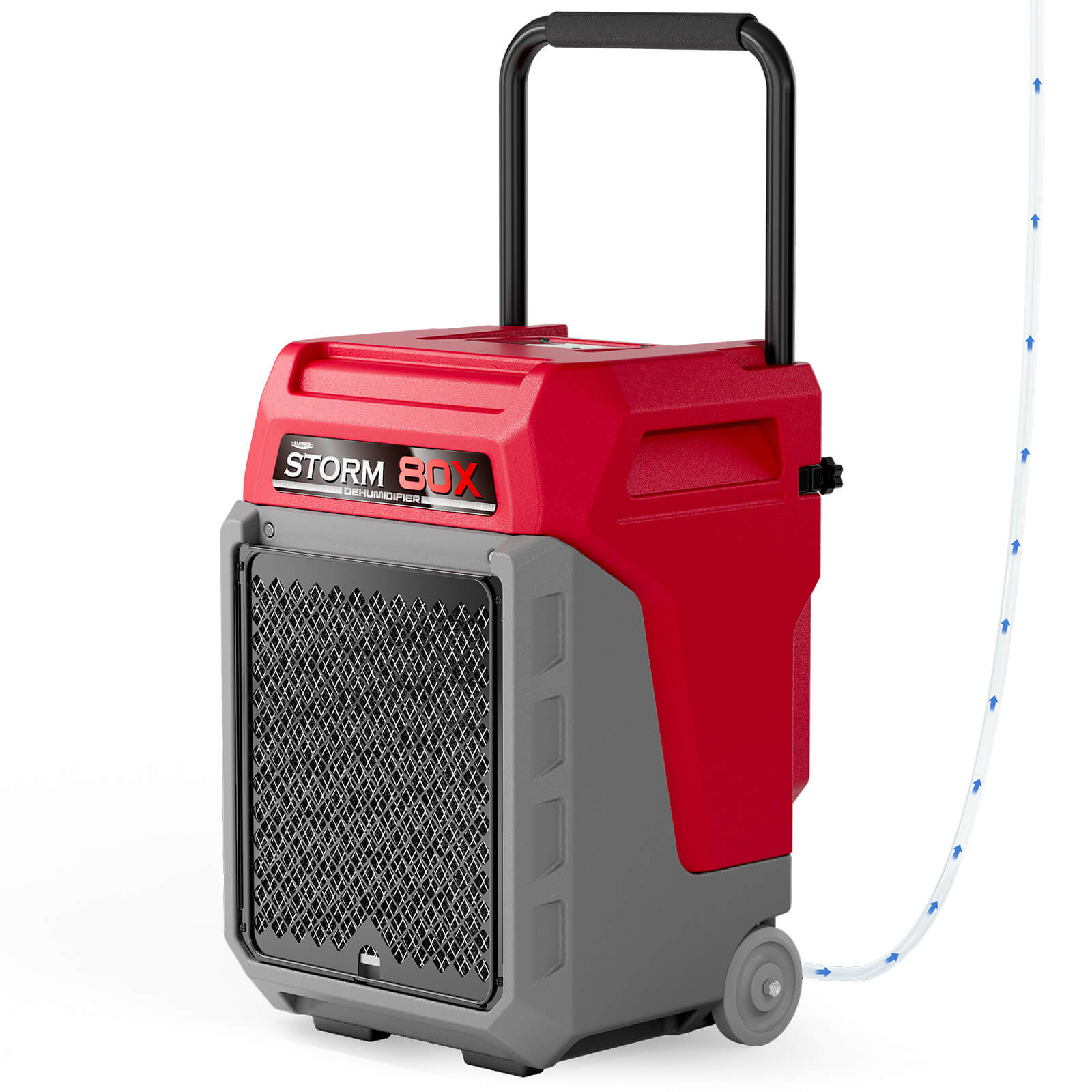


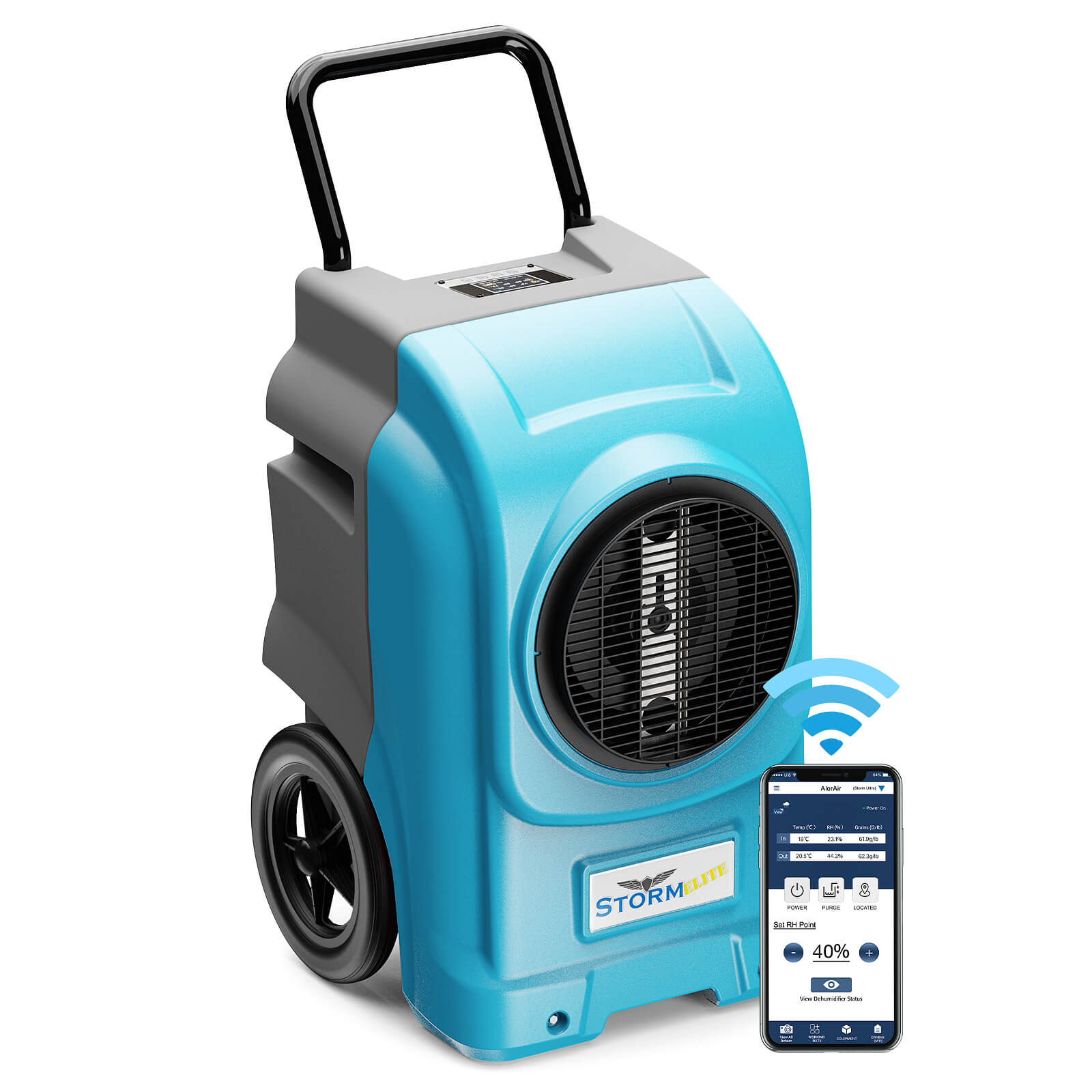

.jpg)
.jpg)

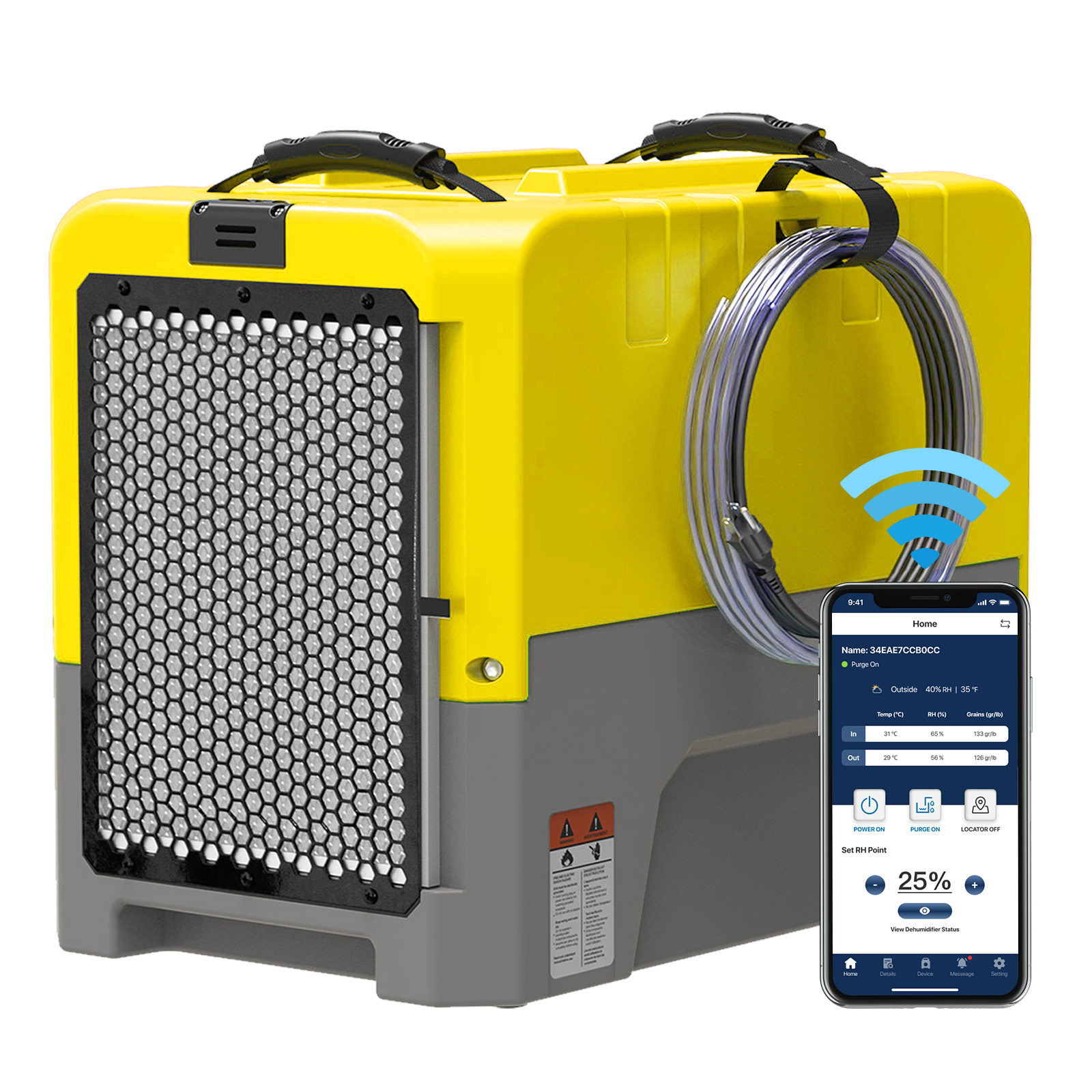








.jpg)
.jpg)








.jpg)
.jpg)










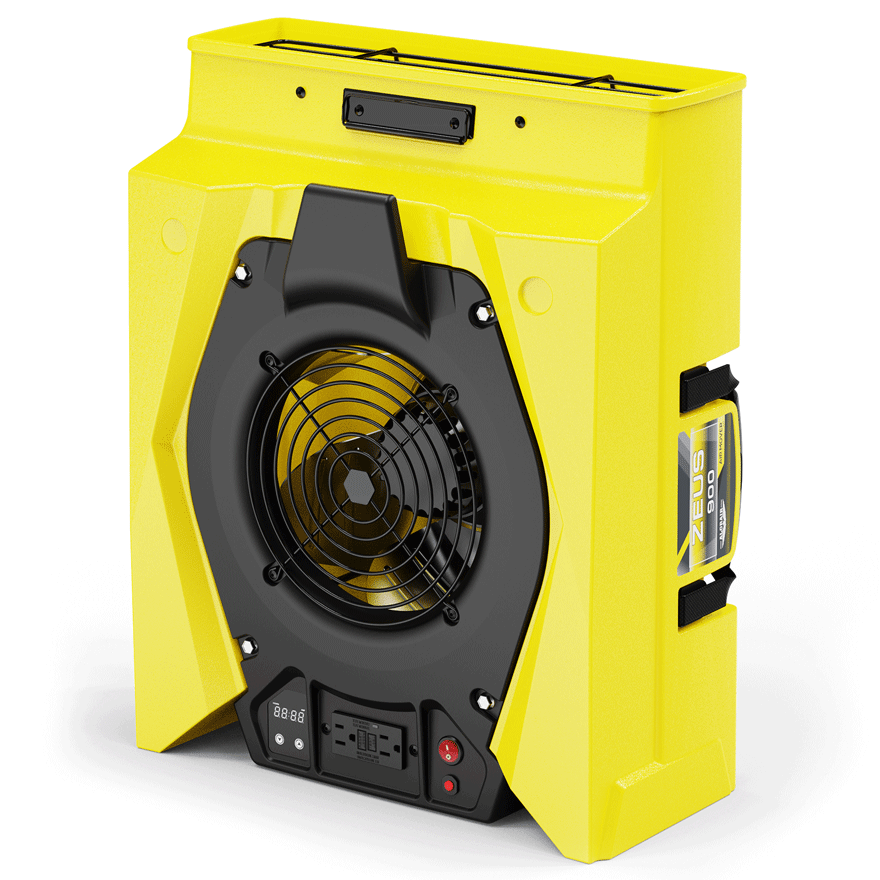
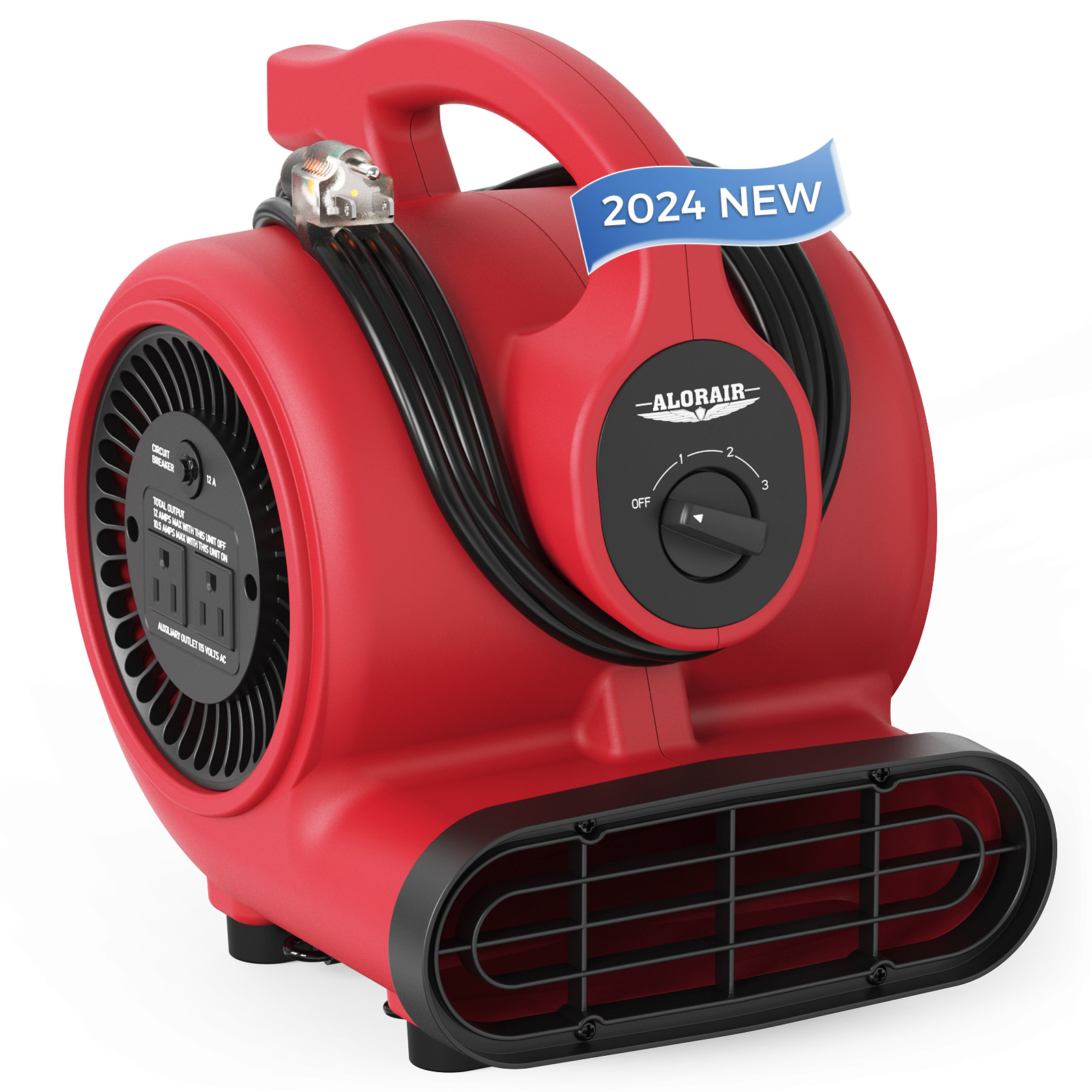
.jpg)
.jpg)
.jpg)
.jpg)
.jpg)
.jpg)
.jpg)
.jpg)
.jpg)
.jpg)
.jpg)
.jpg)
.jpg)
.jpg)





.jpg)
.jpg)
















-.jpg)
.jpg)

.jpg)
.jpg)



























 Exclusive offers
promotions
Exclusive offers
promotions

